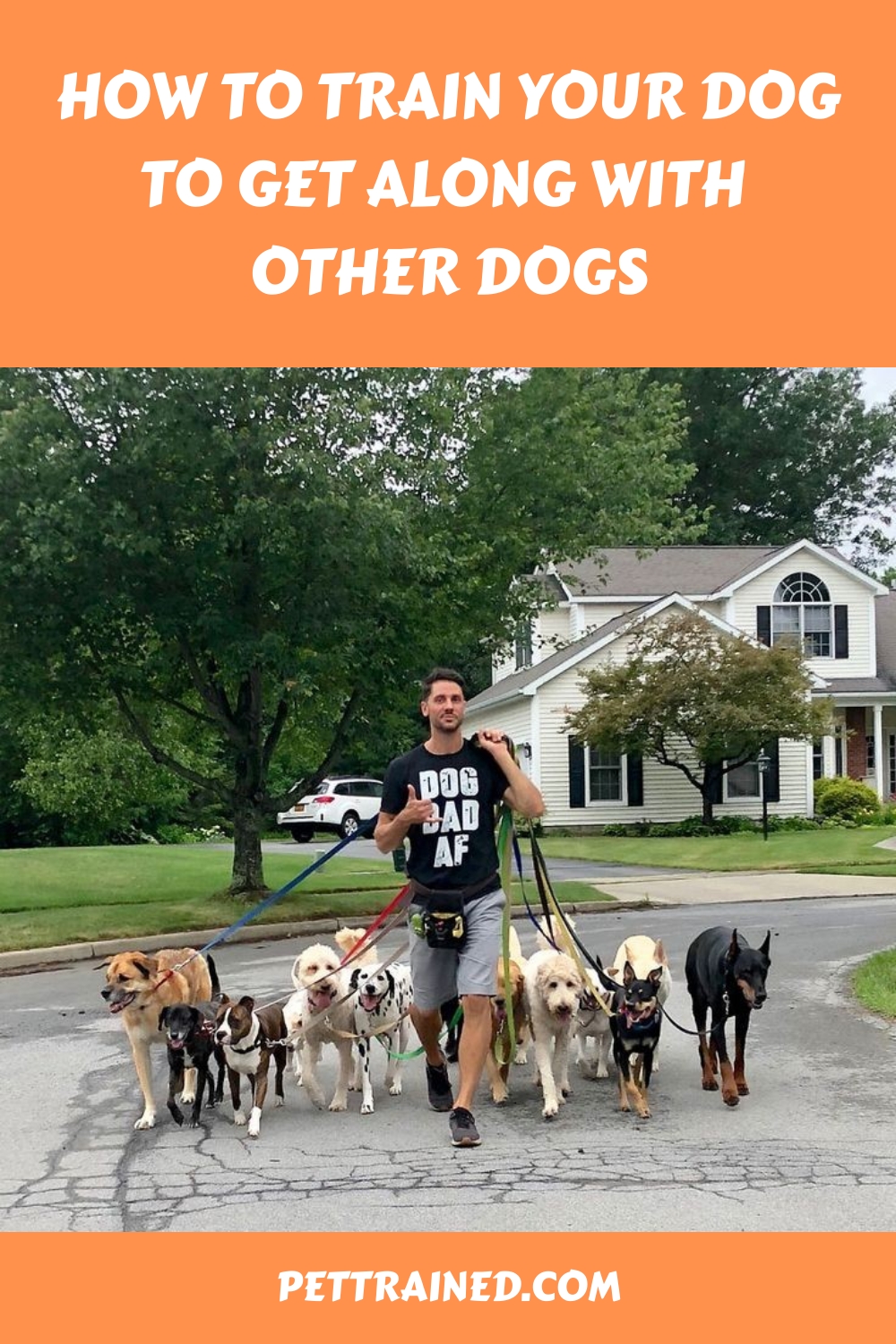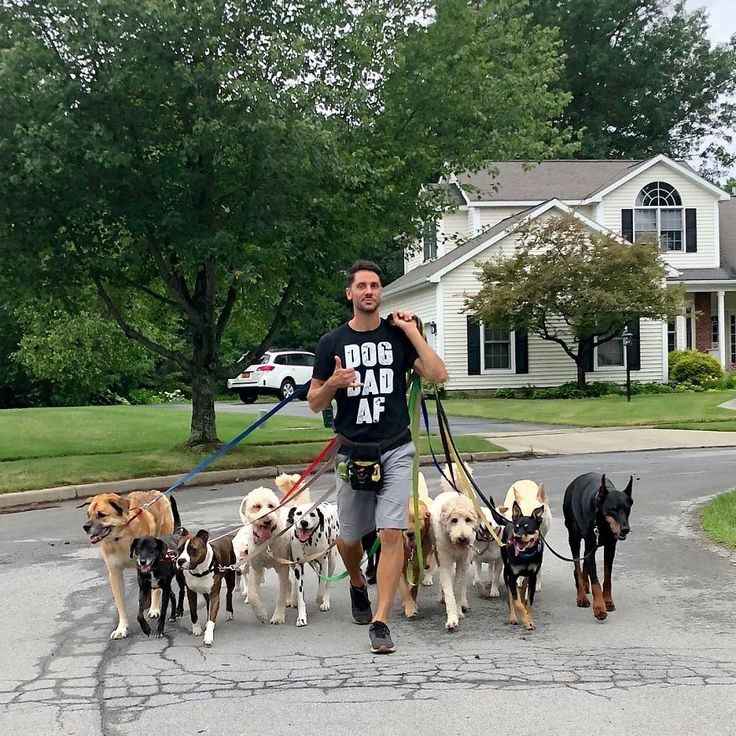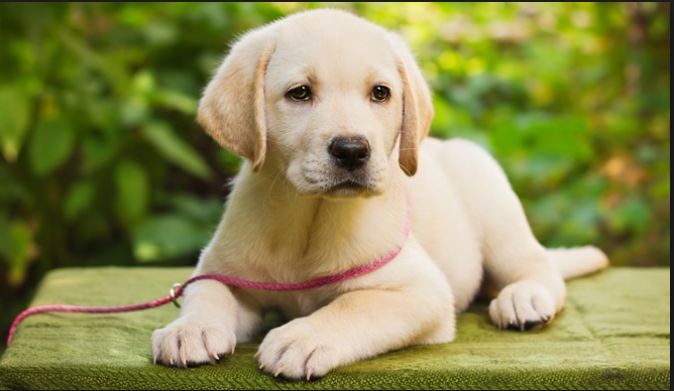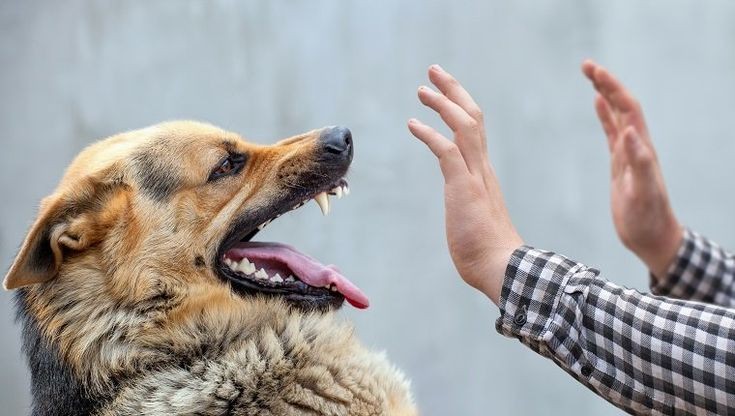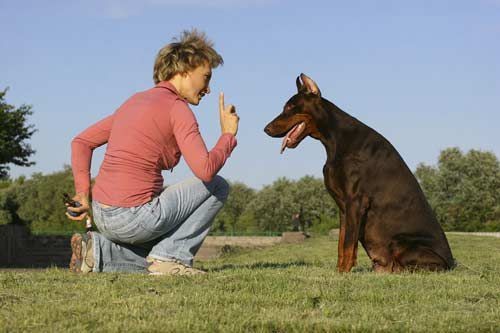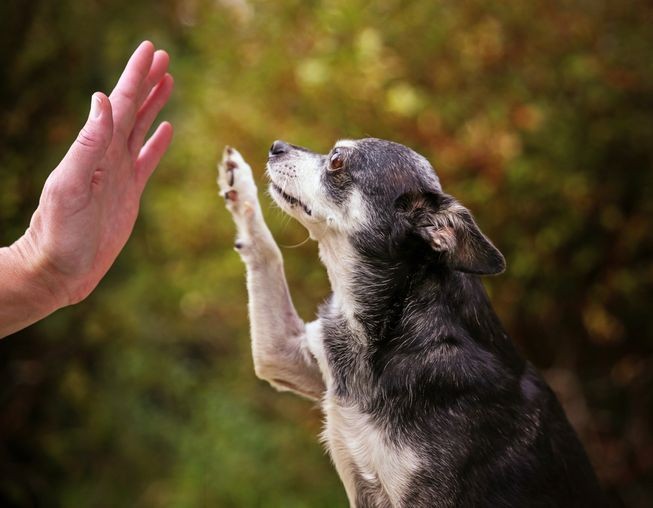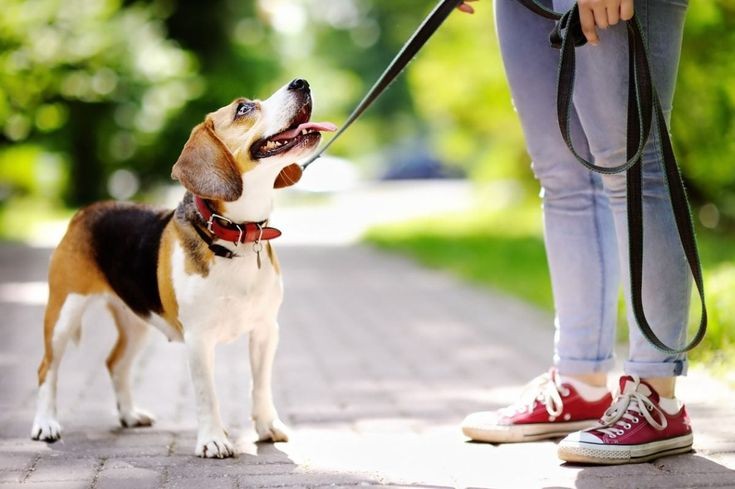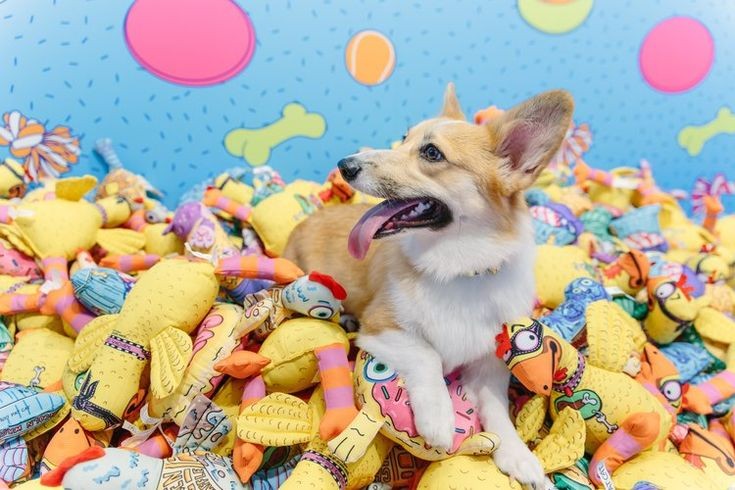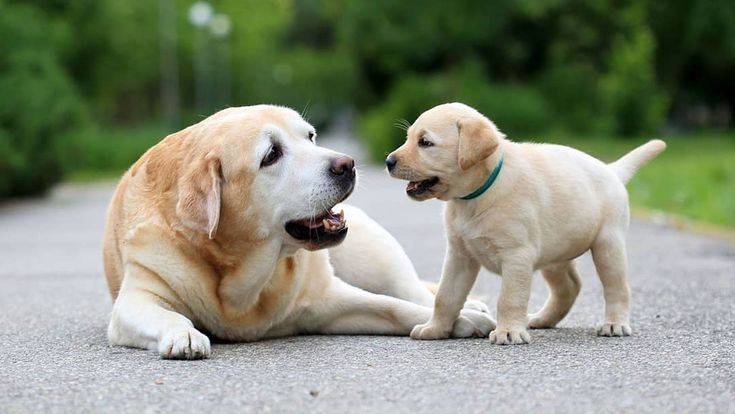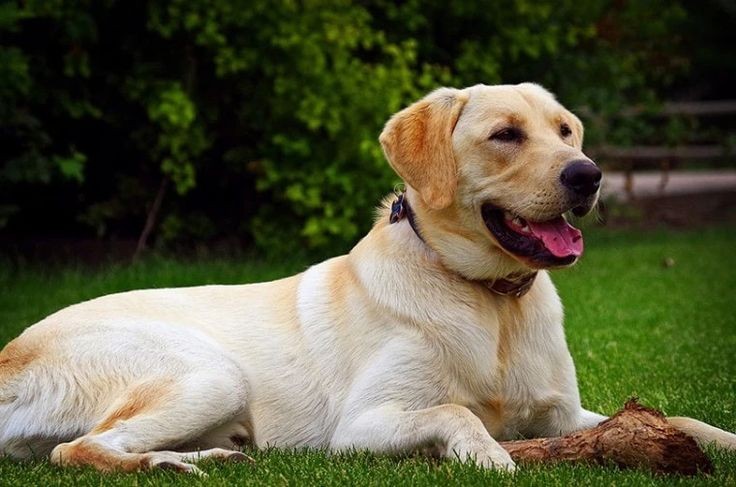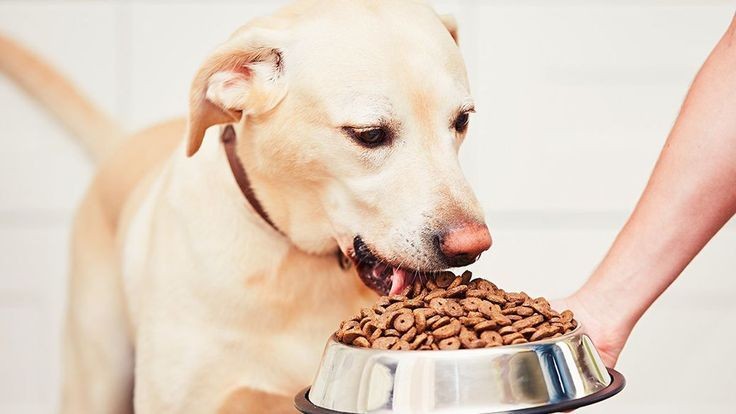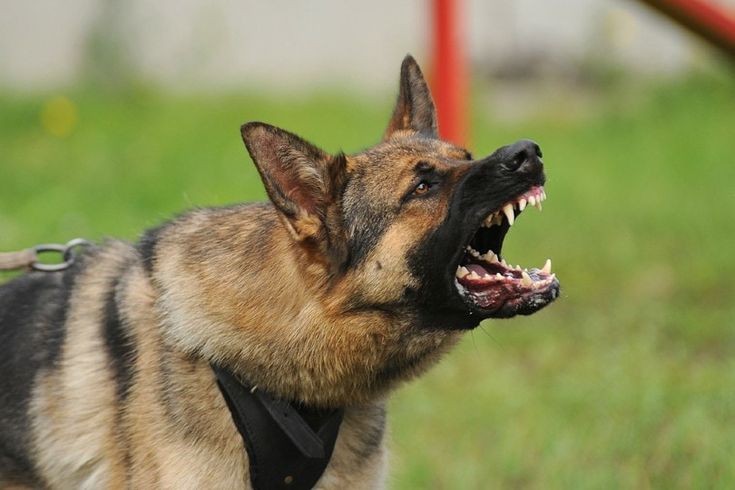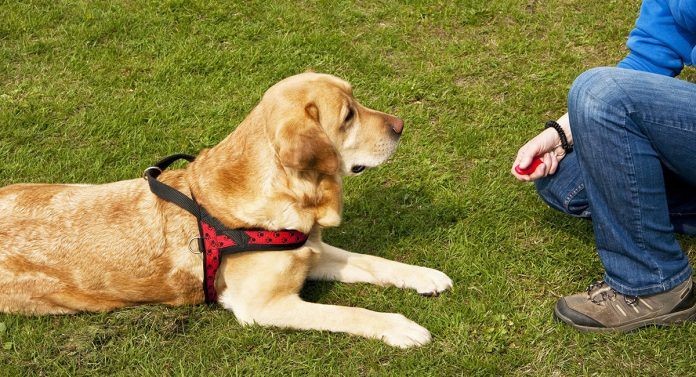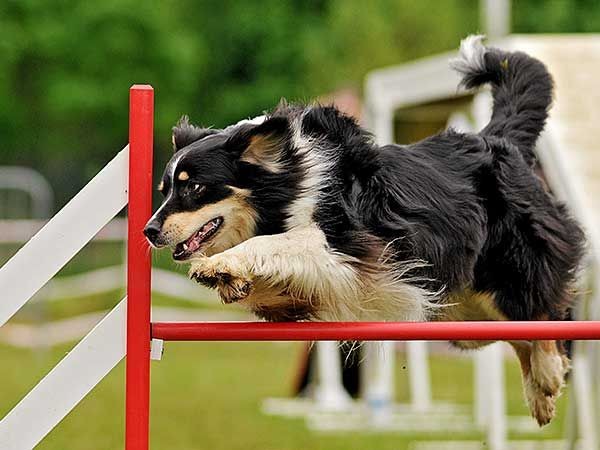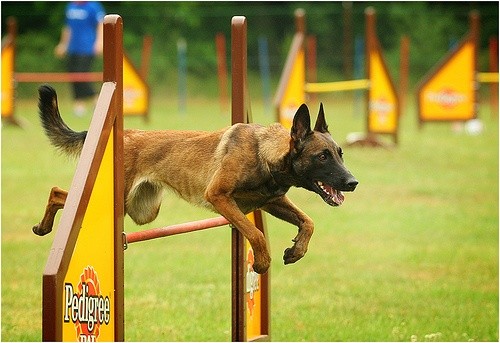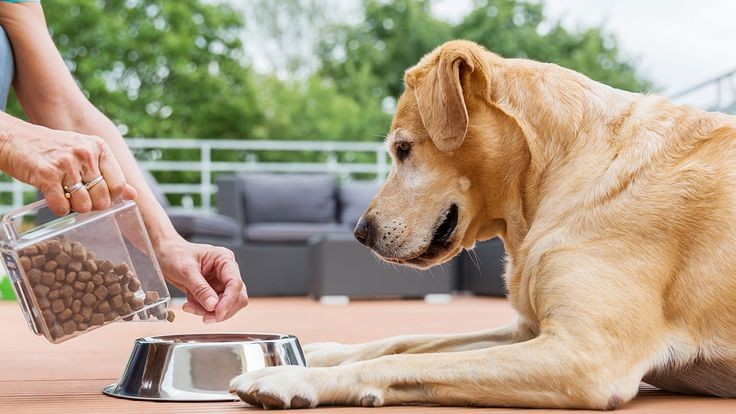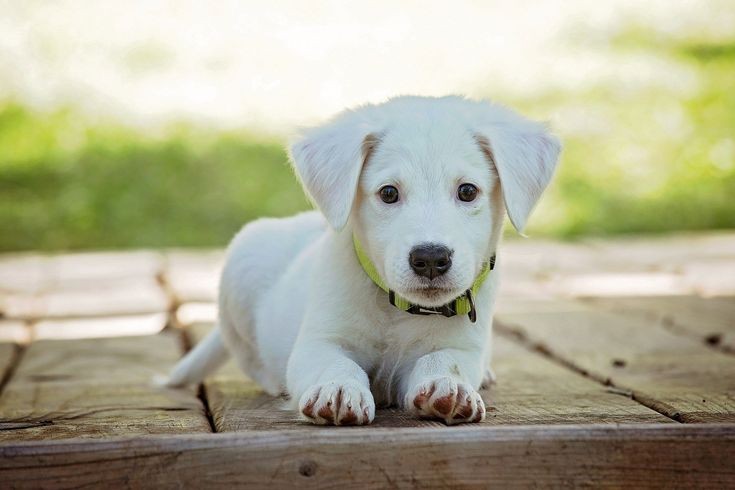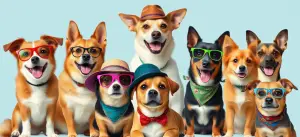To train your dog to get along with other dogs, start by evaluating their temperament and recognizing their body language cues, which indicate emotional states like anxiety or friendliness.
You’ll also need to establish basic obedience skills, such as ‘sit’ and ‘stay’, using positive reinforcement techniques to encourage good behavior. As you gradually introduce your dog to other dogs, monitor their body language and reward calm behavior.
Managing aggressive situations requires understanding triggers and staying calm. By consistently practicing these techniques, you’ll be well on your way to harmonious interactions – and with the right approach, even more complex issues can be addressed.
Table of Contents
Key Takeaways
- Assess your dog’s temperament and understand body language cues to recognize emotional states and prevent conflicts.
- Teach basic obedience commands, such as ‘sit,’ ‘stay,’ and ‘leave it,’ using positive reinforcement techniques to establish calm behavior.
- Gradually introduce your dog to other dogs in controlled environments, starting with calm and well-behaved dogs, and monitoring body language for stress or aggression.
- Reward good behavior and use positive reinforcement techniques to counteract aggression triggers and encourage desired behaviors in social situations.
Assess Your Dog’s Temperament
To guarantee successful socialization, you’ll need to assess your dog’s temperament thoroughly, paying attention to how they interact with other dogs, people, and new environments on a regular basis.
Understanding your dog’s personality traits, such as energy level, assertiveness, and sensitivity, is essential in determining their socialization needs.
This post contains affiliate links. However all the information provided on this site are my own honest opinions. See more in Disclaimer.
By recognizing these traits, you can tailor your socialization approach to meet their specific requirements.
During the early socialization stages (between 8 and 11 weeks old), your dog is most receptive to new experiences. You’ll want to expose them to various environments, people, and dogs to help them develop good social skills.
Observe how your dog reacts to different situations, taking note of any signs of fear or aggression. This will allow you to address potential issues promptly.
As your dog matures, continue to monitor their behavior and adjust your socialization strategy accordingly.
Start With Basic Obedience Training
As you start training your dog to interact with other dogs, you’ll want to begin with basic obedience training.
You’ll focus on teaching essential commands that’ll help you maintain control in various situations, and leash training will be a vital component of this process.
Basic Commands Are Essential
Establishing basic obedience training is essential for helping your dog interact calmly and respectfully with other dogs. It starts with teaching fundamental commands like ‘sit,’ ‘stay,’ and ‘leave it.’
By focusing on positive reinforcement techniques, you encourage good behavior and discourage bad habits.
As you work on basic obedience, you’re laying the groundwork for more advanced socialization exercises that will help your dog get along with other dogs.
To get started, focus on the following essential commands:
- Sit: Encourage your dog to sit on command, which helps them remain calm and composed in the presence of other dogs.
- Stay: Teach your dog to stay in place, which helps them learn self-control and respect for other dogs’ personal space.
- Leave it: Train your dog to leave objects or other dogs alone when instructed, reducing the likelihood of resource guarding or aggression.
Focus on Leash Training
With basic obedience training in place, you can build on those skills by focusing on leash training, which plays an essential role in helping your dog interact calmly with other dogs in public.
To begin, familiarize yourself with various leash types, such as harnesses and head halters, to determine which one works best for your dog. You’ll also need to select suitable training tools, like treats and clickers, to reinforce good behavior.
When leash training, practice walking your dog in a controlled environment with minimal distractions.
As you progress, introduce your dog to more challenging situations, such as encountering other dogs on the leash. Keep the initial interactions brief and positive, gradually increasing the duration as your dog becomes more comfortable.
Be mindful of your dog’s body language and behavior, intervening promptly if you notice signs of stress or agitation.
Consistently practicing leash training will help your dog develop the skills necessary to interact calmly with other dogs, setting the stage for more advanced socialization exercises.
Reward Good Behavior
Your dog’s basic obedience training lays the groundwork for rewarding good behavior, which is an essential element in teaching them to interact calmly with other dogs.
By focusing on positive reinforcement techniques, you’ll encourage your dog to behave politely around other canines. This, in turn, will facilitate successful canine socialization.
To reward good behavior, follow these guidelines:
- Reward your dog immediately after they exhibit calm behavior around other dogs.
- Use high-value treats, praise, and affection to reinforce desired behavior.
- Be consistent in your rewards to avoid confusing your dog.
Gradually Introduce Other Dogs
As you progress to this stage of training, start by arranging controlled, low-stakes encounters between your dog and calm, well-behaved dogs in a neutral environment.
This is essential for effective socialization techniques. You’ll want to begin with dogs that are well-matched regarding size, temperament, and energy level. Dog playdates can be a great way to achieve this.
Before introducing the dogs, make certain they are both on leashes and at a safe distance from each other. Once you’ve assessed their behavior, you can proceed with the introduction.
| Pre-Introduction Checks | Post-Introduction Monitoring |
|---|---|
| Assess the temperament of both dogs | Observe body language, looking for signs of stress or aggression |
| Make certain both dogs are healthy and up-to-date on vaccinations | Monitor and adjust the interaction as needed |
| Choose a neutral, distraction-free environment | Reward calm, relaxed behavior in both dogs |
Watch Body Language Cues
During these controlled encounters, pay close attention to the body language of both dogs, recognizing that canine nonverbal cues can be subtle yet indicative of their emotional state.
To pick up on these social signals, you need to monitor their posture, facial expressions, and tail language.
Watch for raised hackles, a tucked tail, or avoidance behaviors, which can be warning signs of stress or fear.
Observe their facial expressions – a relaxed dog will have a soft, open mouth and slightly lowered ears.
Pay attention to posture – a calm dog stands with weight evenly distributed on all four legs, while an anxious dog may lean forward or pace.
Note the speed and movement of their wagging tail – rapid, stiff wagging can indicate tension, while a loose, sweeping wag is often a sign of friendly intentions.
Reward Good Behavior
By recognizing and responding to positive body language cues, you can effectively reinforce desired behaviors in your dog, which is where rewarding good behavior comes into play.
Trending in Dogs:
As you’re observing your dog’s body language, be prepared to reward them the moment they exhibit relaxed, open behavior around other dogs. Positive reinforcement is key here.
You can use training treats, praise, or affection – whatever your dog enjoys most. The goal is to associate calm behavior with a pleasant outcome.
When your dog remains calm or engages in playful, non-aggressive behavior, immediately reward them with a treat and verbal praise. This encourages them to continue exhibiting good behavior.
Consistency is vital; guarantee all family members are using the same rewards and cues to avoid confusing your dog.
By consistently rewarding desired behavior, you’ll reinforce your dog’s understanding of what’s expected of them in social situations, ultimately helping them get along better with other dogs.
Manage Aggressive Situations
Your dog’s socialization process may inevitably encounter aggressive situations, so it’s crucial to have a solid plan in place to manage them effectively.
By understanding aggression triggers and employing the right socialization techniques, you can reduce the likelihood of conflicts and guarantee a safe interaction.
Here are some key strategies to help you manage aggressive situations:
- Stay calm: Keep your emotions under control, as your energy can transfer to your dog and escalate the situation.
- Maintain a safe distance: Keep a safe distance between your dog and the other dog to avoid any physical confrontations.
- Use positive reinforcement: Reward your dog for calm behavior, which can help to counteract aggression triggers.
Practice Consistently Every Day
To guarantee your dog interacts harmoniously with other dogs, you’ll need to practice consistently every day.
You’ll set realistic training goals, identifying what your dog can achieve in a day, and choose safe training areas where they can interact with other dogs without feeling overwhelmed.
Set Realistic Training Goals
Setting realistic training goals involves identifying and tackling specific issues, such as fear aggression or resource guarding, that hinder your dog’s interactions with other dogs, and allocating a consistent daily time slot to address these challenges.
To set realistic expectations, you need to evaluate your dog’s breed, age, and temperament. You should also establish achievable milestones, breaking down complex behaviors into smaller, manageable tasks.
Here are some key considerations when setting realistic training goals:
- Assess your dog’s strengths and weaknesses: Identify areas where your dog excels and those that require improvement.
- Prioritize training objectives: Focus on the most critical issues that impact your dog’s interactions with other dogs.
- Create a training schedule: Allocate a consistent daily time slot for training and stick to it.
Choose Safe Training Areas
Selecting a secure, distraction-free area for training is essential to confirm both your dog’s safety and the effectiveness of daily practice sessions.
You’ll want to choose an area with minimal distractions, such as loud noises or other animals, to help your dog focus on the training.
When it comes to park selection, consider visiting during off-peak hours or using a secluded area to minimize interactions with other dogs.
As you practice consistently every day, you’ll also want to implement socialization strategies to help your dog become comfortable around other dogs.
Start by exposing your dog to other dogs at a safe distance, then gradually increase the proximity over time.
Be sure to monitor your dog’s body language and behavior, intervening if necessary to prevent any conflicts.
By choosing a safe training area and incorporating socialization strategies, you’ll be well on your way to helping your dog get along with other dogs.
Remember to stay focused and adapt your training approach as needed to confirm the best results.
Reward Good Behavior Instantly
Immediately rewarding your dog for calm, relaxed behavior around other dogs is an essential step in reinforcing good behavior and ensuring progress in your daily training sessions.
By using positive reinforcement techniques, such as treats and praise, you can encourage your dog to associate calm behavior with a positive outcome.
Consistency is key, so make sure to reward good behavior instantly, every time it happens.
To effectively reward good behavior, keep the following tips in mind:
- Use high-value treats that your dog loves and finds irresistible.
- Praise your dog the moment they exhibit calm behavior, using a calm and assertive tone of voice.
- Be consistent in your rewards, so your dog knows what behavior to expect.
Frequently Asked Questions
You can train your dog to get along with other dogs at any age, but you’ll need to take into account age considerations and adjust socialization techniques accordingly, as puppies and adult dogs respond differently to new interactions.
‘Handling multi-dog households can be intimidating. Curiously, 75% of dog owners report reduced stress with proper energy management. You’ll need to employ energy-tailored socialization techniques, grouping high-energy dogs together for exercise, and low-energy ones for relaxation.’
You’ll likely see improvement in your dog’s behavior around other dogs after spaying or neutering, as these procedures reduce aggression and dominance linked to sex hormones, resulting in a more even-tempered and less reactive pet.
You’re steering through a minefield of canine complexity, where breed temperament plays an essential role. Certain breeds can thrive with other dogs, but it’s not a guarantee; effective socialization techniques can make all the difference.
You’re likely wondering how long your dog’s adjustment period will last; it varies depending on dog behavior, individual temperaments, and past socialization experiences. Generally, give it 2-4 weeks for an initial adjustment, but be patient as it can take longer.
Conclusion
Your dog’s journey to harmonious canine relationships is underway, but it’s far from over.
As you continue to reinforce good behavior and manage challenging situations, remember that setbacks can occur at any moment.
Stay vigilant, adapt to new circumstances, and be prepared to adjust your training strategy as needed.
With consistent practice and attention to your dog’s unique needs, the outcome is far from certain – will your dog become a social butterfly or remain a work in progress?
